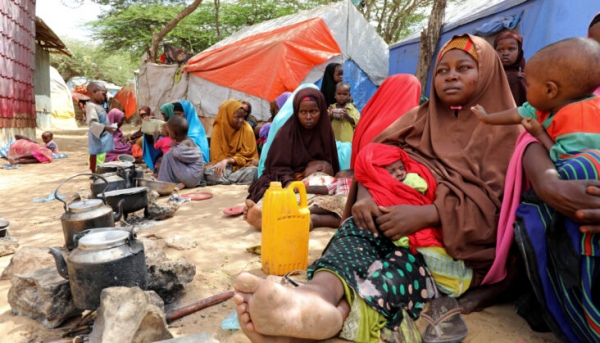According to the Internal Displacement Monitoring Centre, armed conflict and violence are among the main drivers of internal displacement. In fact, they triggered 8,5 million new displacements in 50 countries in 2019. As a result, the second episode of the “IDPs and Conflict” series aims to present some key figures about conflict-driven internal displacement in 2019.
In particular, a breakdown by conflict and violence type portrays an insightful picture. Firstly, armed conflict caused 5,2 million displacements out of the 8,5 million new displacements triggered in 2019. Violence has also been an important driver of this phenomenon, with communal violence prompting 2,7 million movements in 2019. Other kinds of violence-driven displacement can be distinguished but with lower relevance. In fact, criminal violence amounted to 593,000 movements and political violence to 17,000 (IDMC, 2020).
Similarly, a snapshot of the 10 countries with the highest amount of conflict-driven internally displaced people highlights the significance of this current phenomenon. These countries include Syria with 6,495,000 internally displaced people, Colombia with 5,576,000, DRC with 5,512,000, Yemen with 3,635,000, Afghanistan with 2,993,000, Somalia with 2,648,000, Nigeria with 2,583,000, Sudan with 2,134,000, Iraq with 1,555,000 and finally Ethiopia with 1,414,000 (IDMC, 2020). Collectively, these countries registered 34,5 IDPs as of 31 December 2019. These figures add up to an already existing and protracted IDPs caseload being faced by these countries for years. These data prompted the UNHCR to denounce that conflicts have pushed internal displacement to record high. In fact, the highest number of people fleeing conflict or violence but remaining within their own countries has been registered– 45,7 million by the end of 2019.
Finally, Conflict-driven internal displacement is particularly challenging in two ways: firstly, due to the violence and conflict that cause the displacement in the first place and secondly, the effects that this violence has on the resulting internal displacement (Lischer, 2009). In fact, while violence and conflict in certain vulnerable regions have been widely explored, extremely peculiar are the implications that conflict and violence trigger on IDPs. In fact, IDPs do not cross internationally recognised borders, but remain within the territory of the country or origin which is primary responsible for their protection. As a result, when the country is afflicted by violence and instability, the government may not be effective, stable or in place to deliver protection to IDPs. Additionally, conflict and violence hinder the possibility for international assistance to be delivered to internally displaced people making their protection extremely hard to be supplied.







